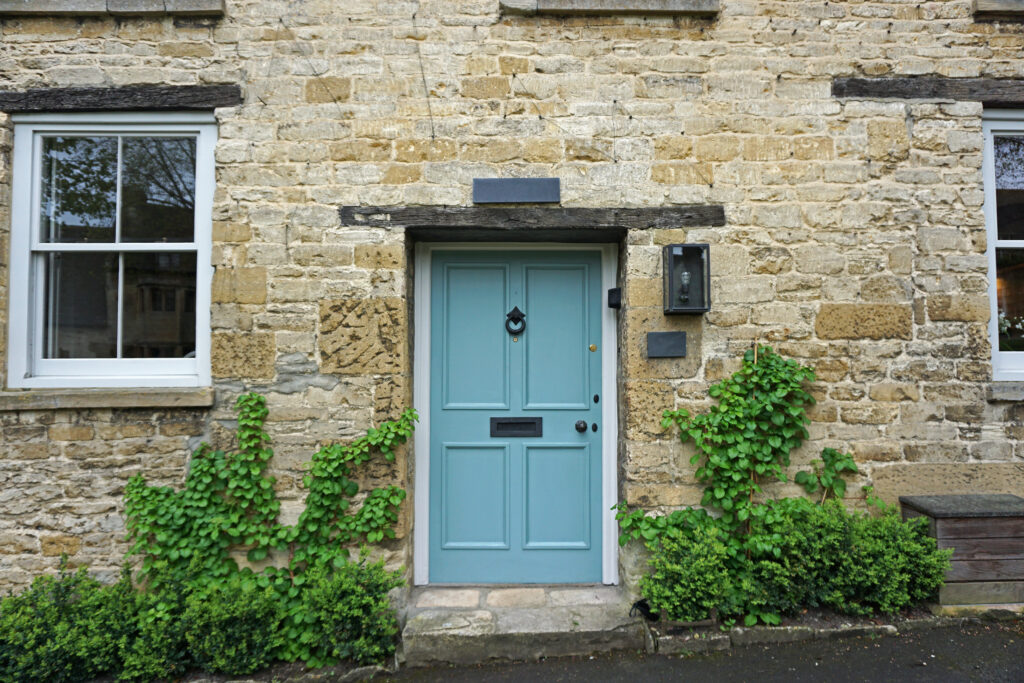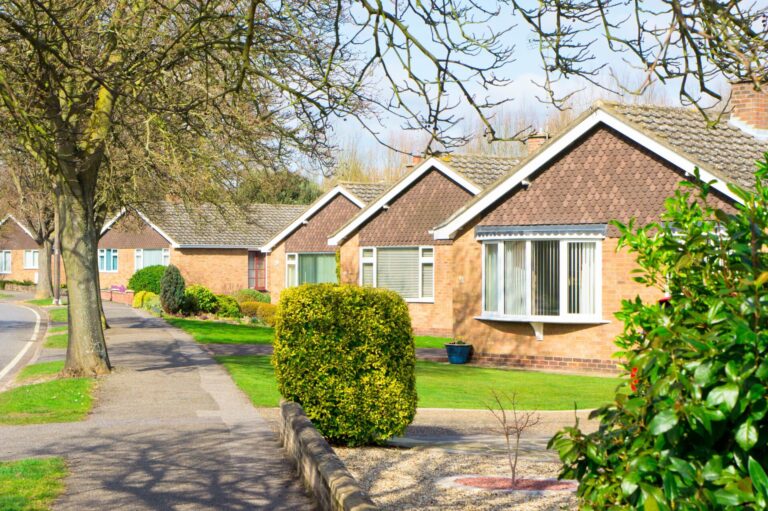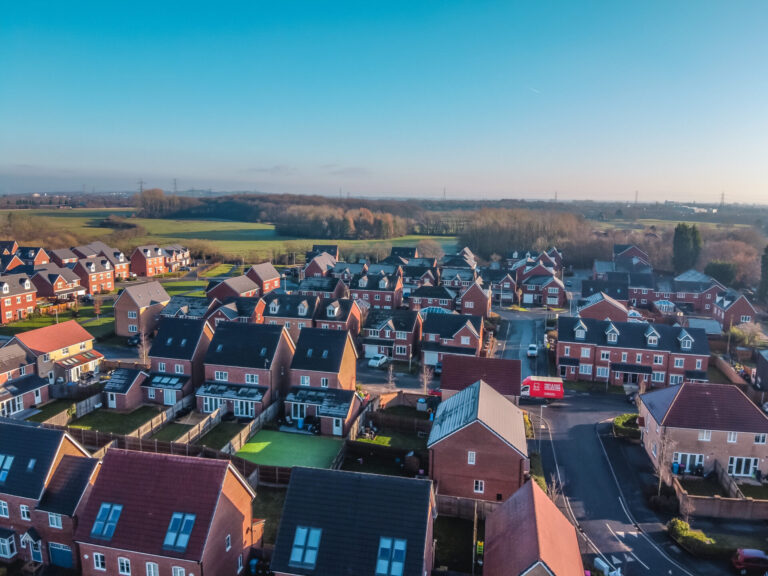Shared ownership is a government scheme that helps people who can’t afford a home on the open market, get on the property ladder.
It works differently to the conventional house buying process but is generally a more affordable way to start homeownership.
What is shared ownership?
A shared ownership scheme lets you buy a percentage of shares in a new build property or a property that’s already part of the scheme, sometimes called a resale property. It doesn’t mean that you have to live with someone else
This means you need a smaller deposit and mortgage, as you’re not buying the whole property. For the outstanding value, you pay rent which is often 2.75% of the property value.
While you pay your mortgage AND rent, it’s often still cheaper than renting in the open market.
You also have the option to increase your shares, a process that’s known as staircasing. Shares often start at around 25% and in most cases let you increase your stake right the way up to 100%. Once you reach 100%, you don’t have to pay any more rent.
In a nutshell, shared ownership enables you to buy a property in stages, as and when you can afford it.
Is shared ownership a good idea?
There are pros and cons to shared ownership.
Pros:
- You need a smaller deposit so you can get on the property ladder sooner.
- Mortgages are much more accessible and often don’t require high income.
- Monthly payments are often cheaper than if you rent outright.
- You can buy more shares once you can afford them, essentially allowing you to save up for a full deposit as and when you can. It’s common to have the option to own 100% of the property.
- Some properties convert to freehold once you own 100%.
Cons
- You still have to pay rent on the remaining percentage of shares.
- You still have to pay 100% of the ground rent and service charge, which can sometimes be thousands of pounds a year.
- Once you reach 80% ownership, you will need to pay stamp duty on the full value of the property.
- Shared ownership properties are always leasehold, with contracts that can last up to 125 years.
- Some shared ownership properties have restrictions on decorations and improvements. If you want to make any changes, you may have to speak to the housing provider first.
- Shared ownership is only available on new builds, so your choice is limited.
- Not all lenders provide mortgages for shared ownership.
Can I buy a shared ownership home?
To qualify for shared ownership, you must be:
- Over 18
- Have a household income of less than £80,000 per year or £90,000 per year if in London
- Not own a property or be in the process of selling property
- Have a good credit history with no mortgage or rent arrears
- Unable to afford a property on the open market
There are separate schemes for the over 55s called ‘Older people’s shared ownership’ which let you buy up to 75% of the property. Once you own 75%, you don’t have to pay rent.
How does a shared ownership mortgage work?
First of all, let’s talk about the deposit.
For a shared ownership property, you typically need between 5% and 10% of the share you’re buying. So for example, if you’re buying 25% share of a £200,000 property, your share is worth £50,000. That means you need a deposit that’s 5 to 10% of £50,000, so £2,500 to £5,000.
After you’ve got your deposit together and found the right property, you’ll have to put down a reservation fee. This will be around £200 but can vary.
After putting down the reservation fee, you’ll attend a financial assessment. This is to check what share of the property you can afford to buy. This is often for new builds only; for resale properties, you have to match or exceed the owner’s share.
Once you know what share you’re buying, you’ll know the rent you have to pay each month. This means you’re in a position to start looking for mortgages. There are plenty of mortgage comparison tools available, and mortgage advisers can help you find the best deal too. A shared ownership mortgage works just like any other mortgage, and the process for application is similar.
If you want to increase your share, you’ll have to get your property revalued and essentially remortgage. You can choose to do that with your current lender, a new lender to remortgage your whole share or take out a new mortgage on the new shares. It’s worth exploring your options and contacting a mortgage adviser before you decide to buy more shares.
If you do choose to buy more shares, you’ll also need solicitor input.
How long does the shared ownership process take?
The process varies depending on whether you’re buying a new build or a resale property.
New build properties and developers often require you to exchange contracts within 28 days from reservation. However, completion can take months longer, depending on whether the property is ready or not.
For resale properties, you don’t have as tight a timeline so it’s likely to take as long as an open market sale, which can on average take 12 weeks.
Can you rent out a shared ownership property?
The rules around what you can and can’t do with your shared ownership property are dependent on your housing provider.
Because shared ownership schemes intend to help buyers get back on the property ladder or own property for the first time, it’s incredibly unlikely you’ll be allowed to sublet the property.
However, you might be able to take in a lodger in a spare room while you still live at the property; it all depends on your contract.
Your contract will also make it clear which repairs you are responsible for. Depending on the property you’re buying, you may not be liable for repairs to the exterior, for example.
How does share ownership work when you sell?
When you sell your shared ownership home, you’re selling the part you own.
The first step is to get in touch with your housing provider. Some providers have a clause in the contract that says they have the first refusal, which means they have the first option to buy your shares. There are often long waiting lists for shared ownership properties, so your housing provider has a set timeframe to try and sell it themselves. If they don’t sell it in that time, you can advertise the property through an estate agent.
Your housing provider will ask you to choose a surveyor to value the property, and you’ll have to pay a cost for this. Once they have a valuation, your housing provider will work out how much your share is worth. You’ll then sign a contract to agree with the fee and details of how the property will be sold.
The buyer you choose will go through the same process as when you first purchased your property. So all that’s left for you to do is find your next property.
Looking for a shared ownership property? Get in touch with us today.




